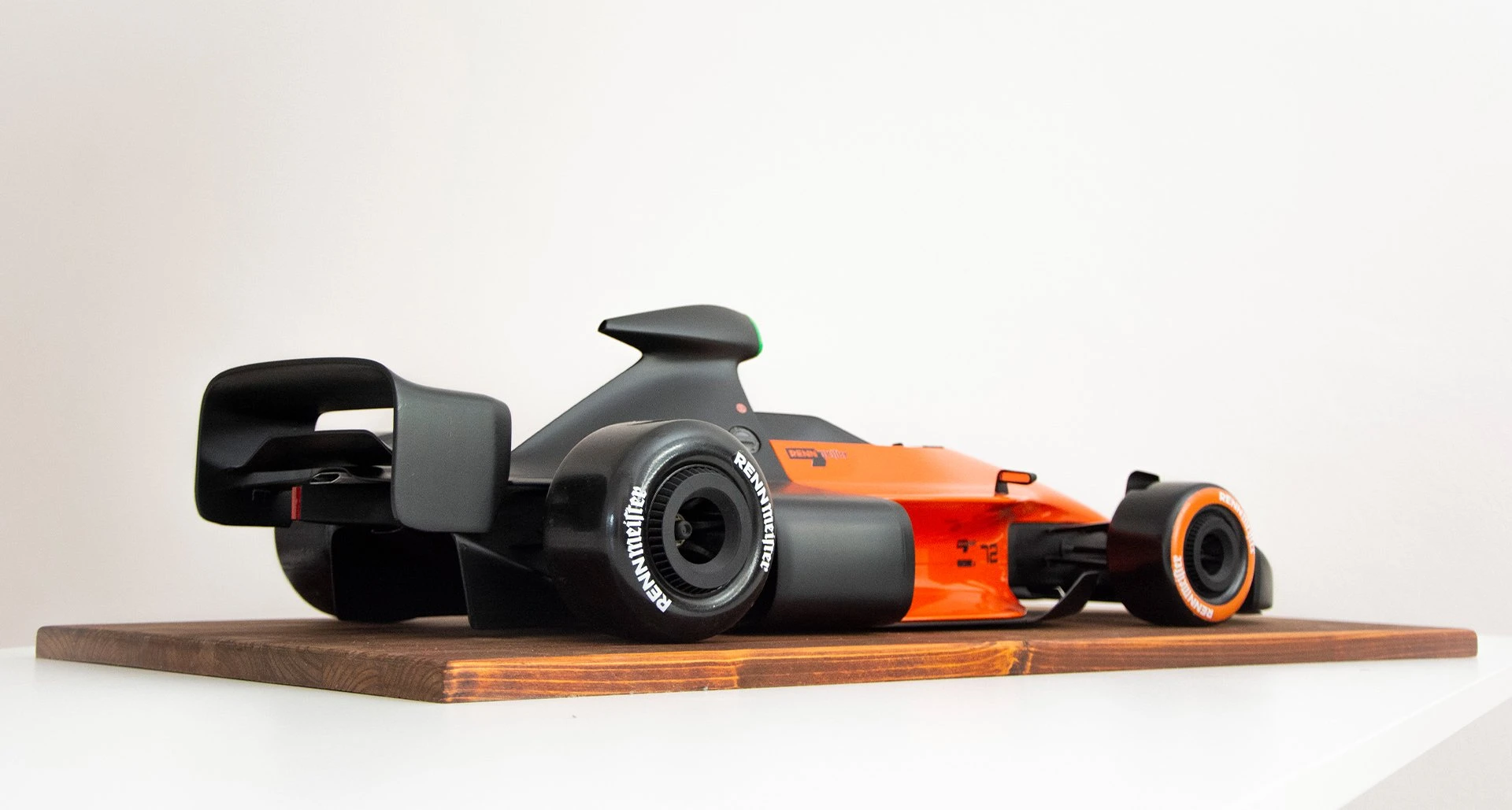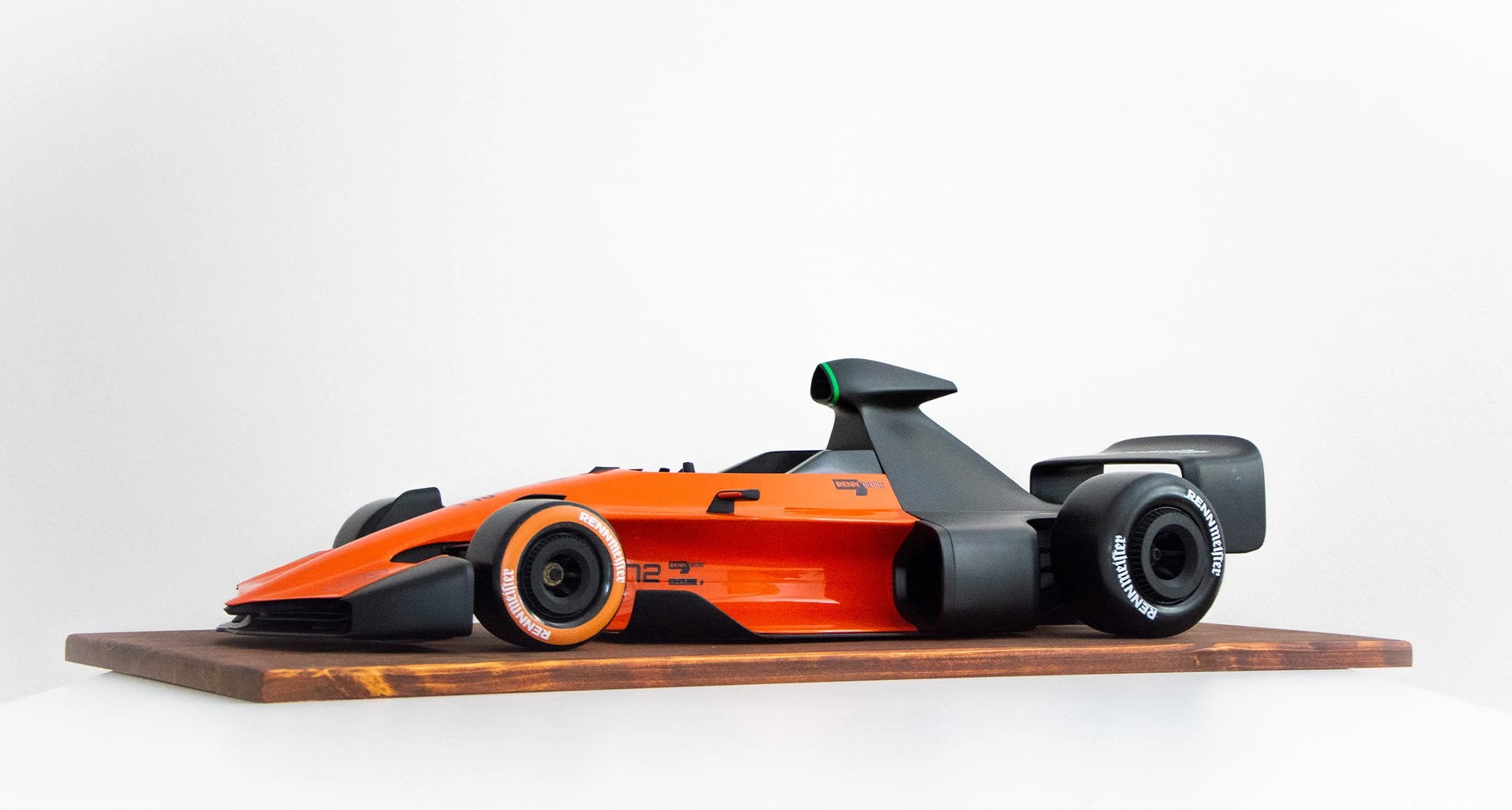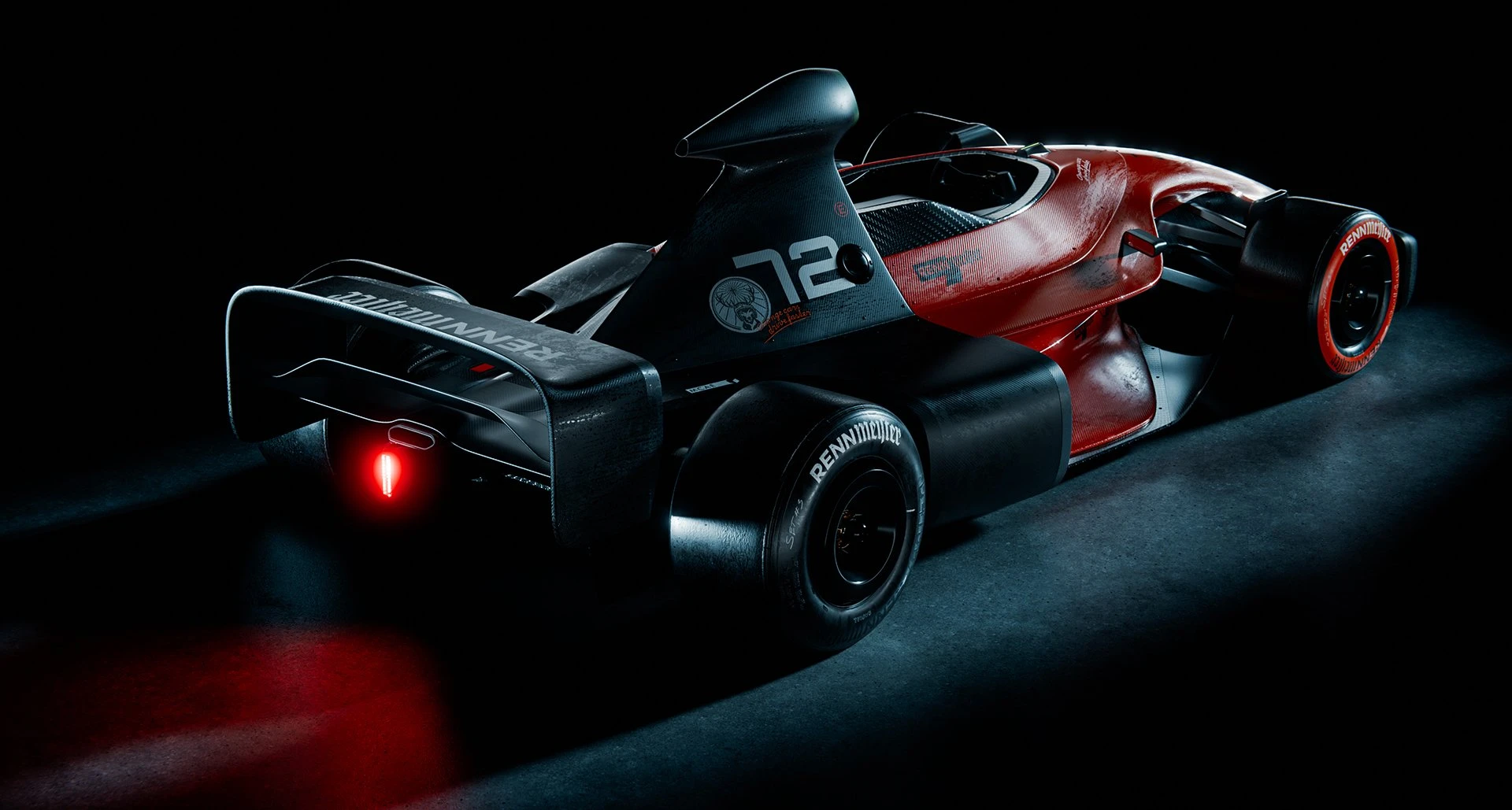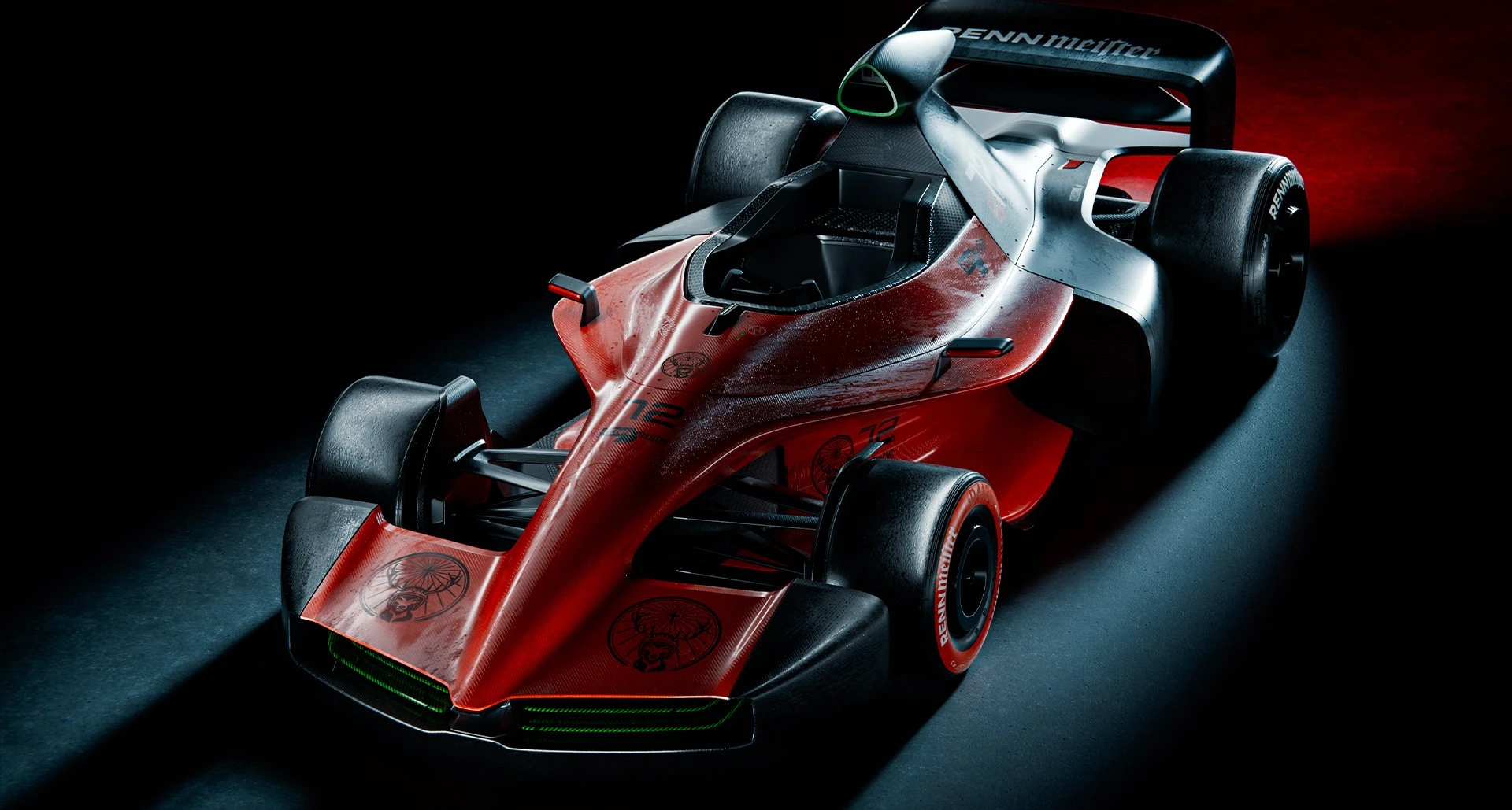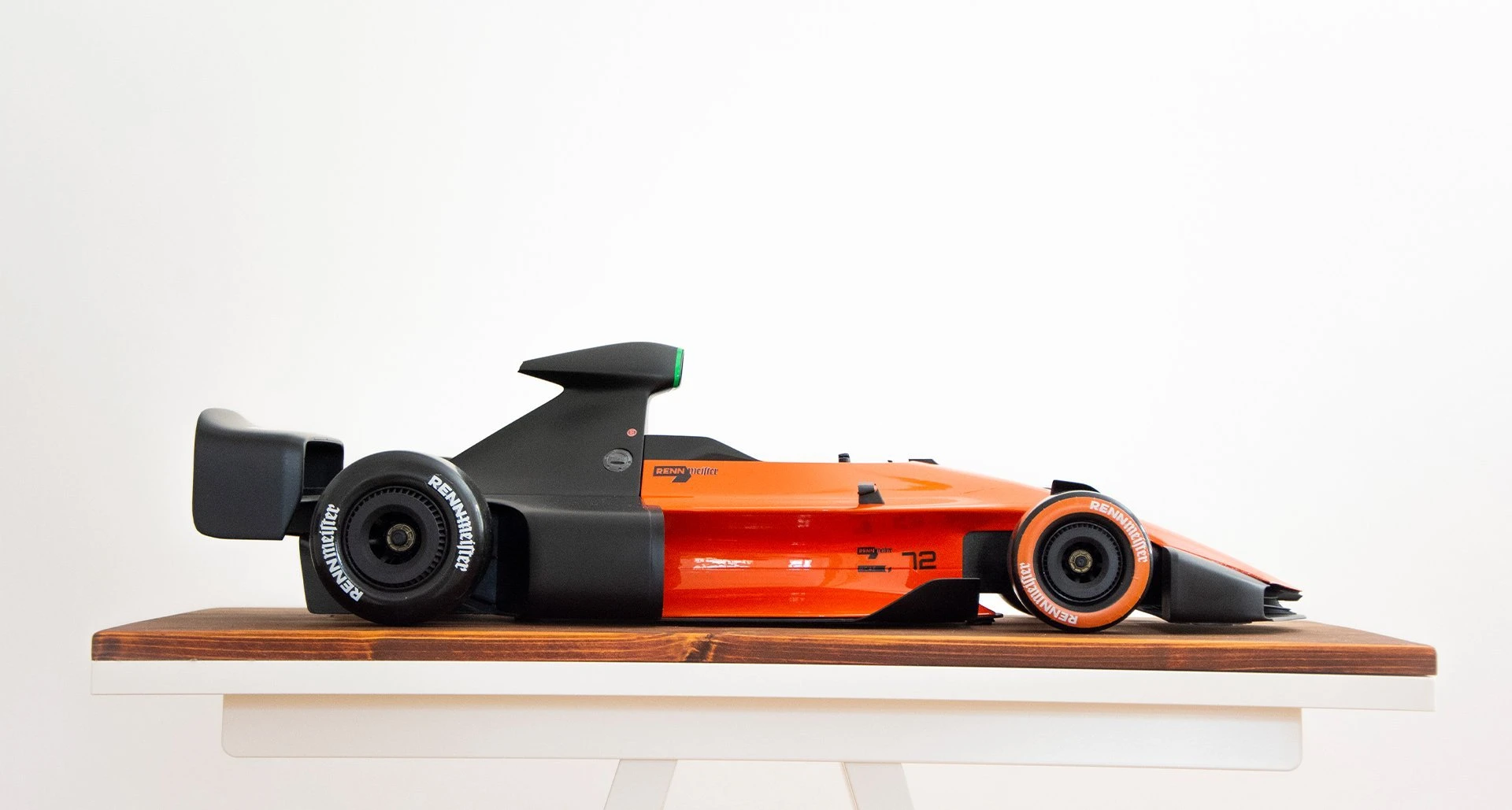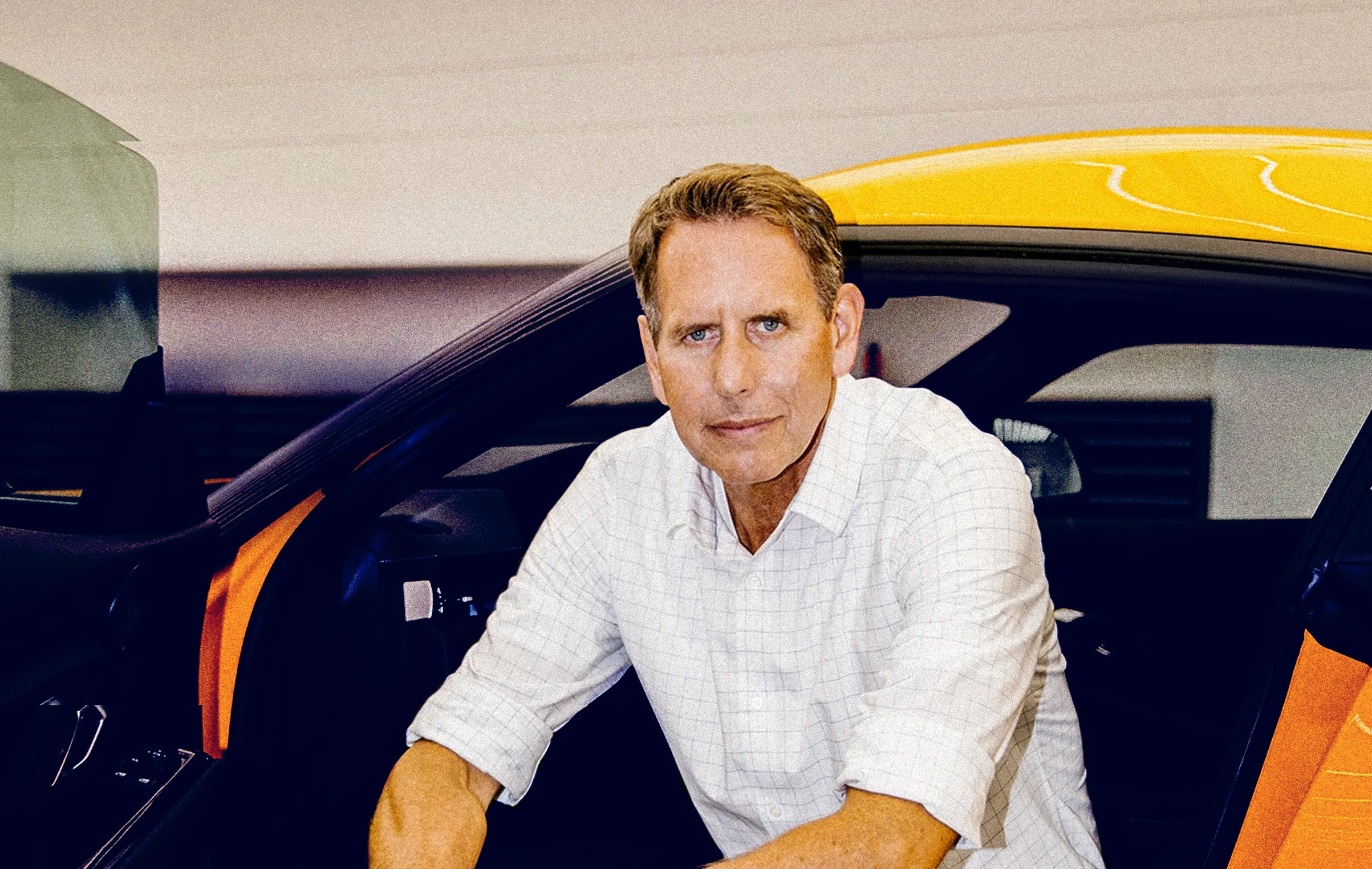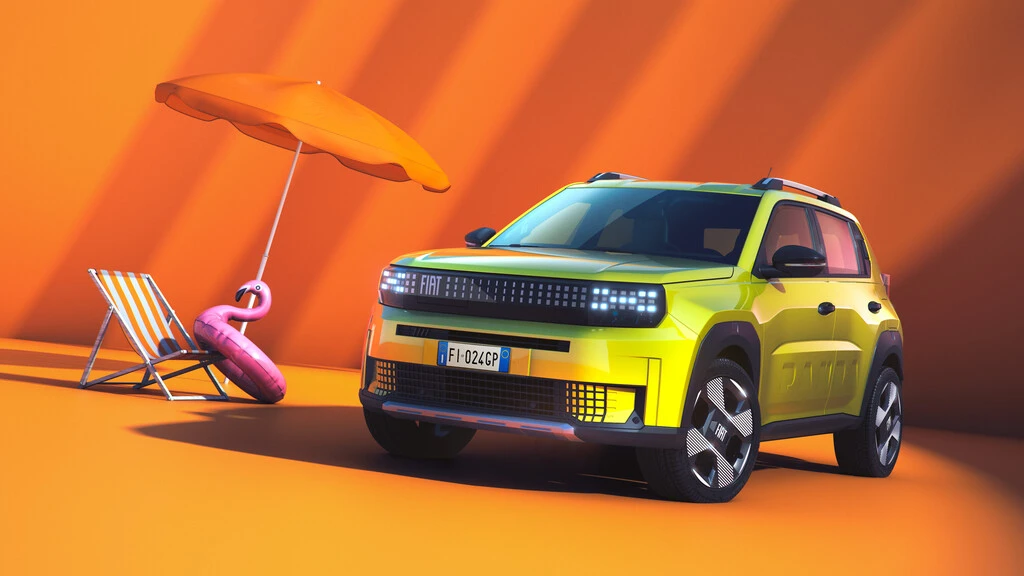Ever wondered what would happen if the legendary 1970s Formula One cars were given a 21st-century makeover? Well, Jonáš Jagerčík, an automotive design student at the University of West Bohemia, has taken on that very challenge. And he’s not just imagining it—he’s bringing it to life. His restomod of the iconic March 741 F1 car combines vintage charm with futuristic technology, creating a design that bridges the gap between motorsport heritage and the cutting-edge demands of today’s racing world.
A Passion for F1's Golden Era
The March 741, a car that raced through the 1970s with Hans Stuck behind the wheel and graced with the iconic Jägermeister livery, has always been a symbol of an era where Formula One was pure, untamed, and thrilling. But while many classic road cars get the restomod treatment, Jonáš noticed that the same wasn’t true for track-only icons like F1 cars. “The market for road-going restomods is thriving,” Jonáš says, “but there’s little to no attention given to vintage F1 cars.” And so, he set out to change that.
With the March 741, Jonáš saw an opportunity to merge the past with the future—to preserve the essence of this racing legend while modernizing it for today’s tracks.
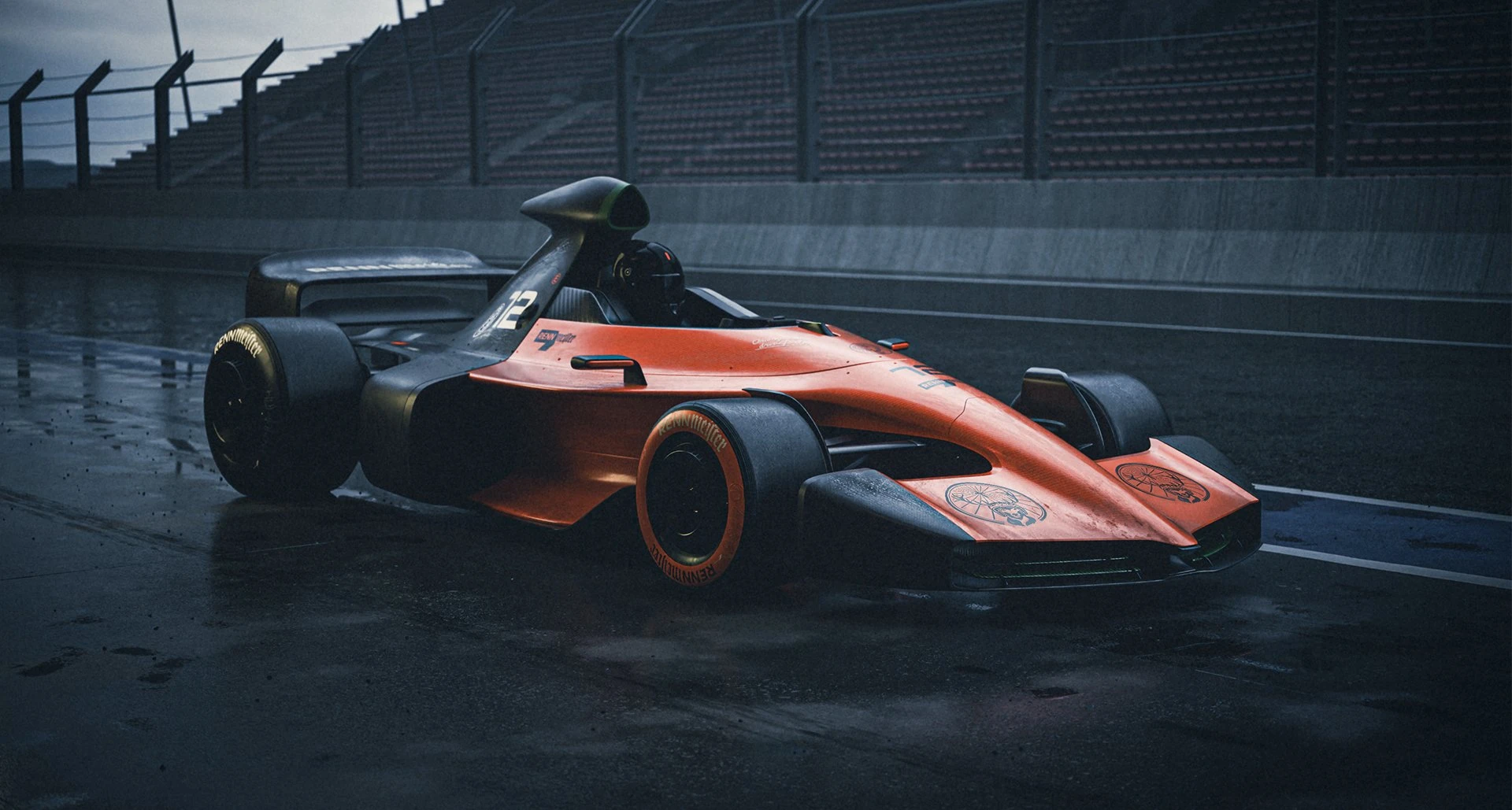
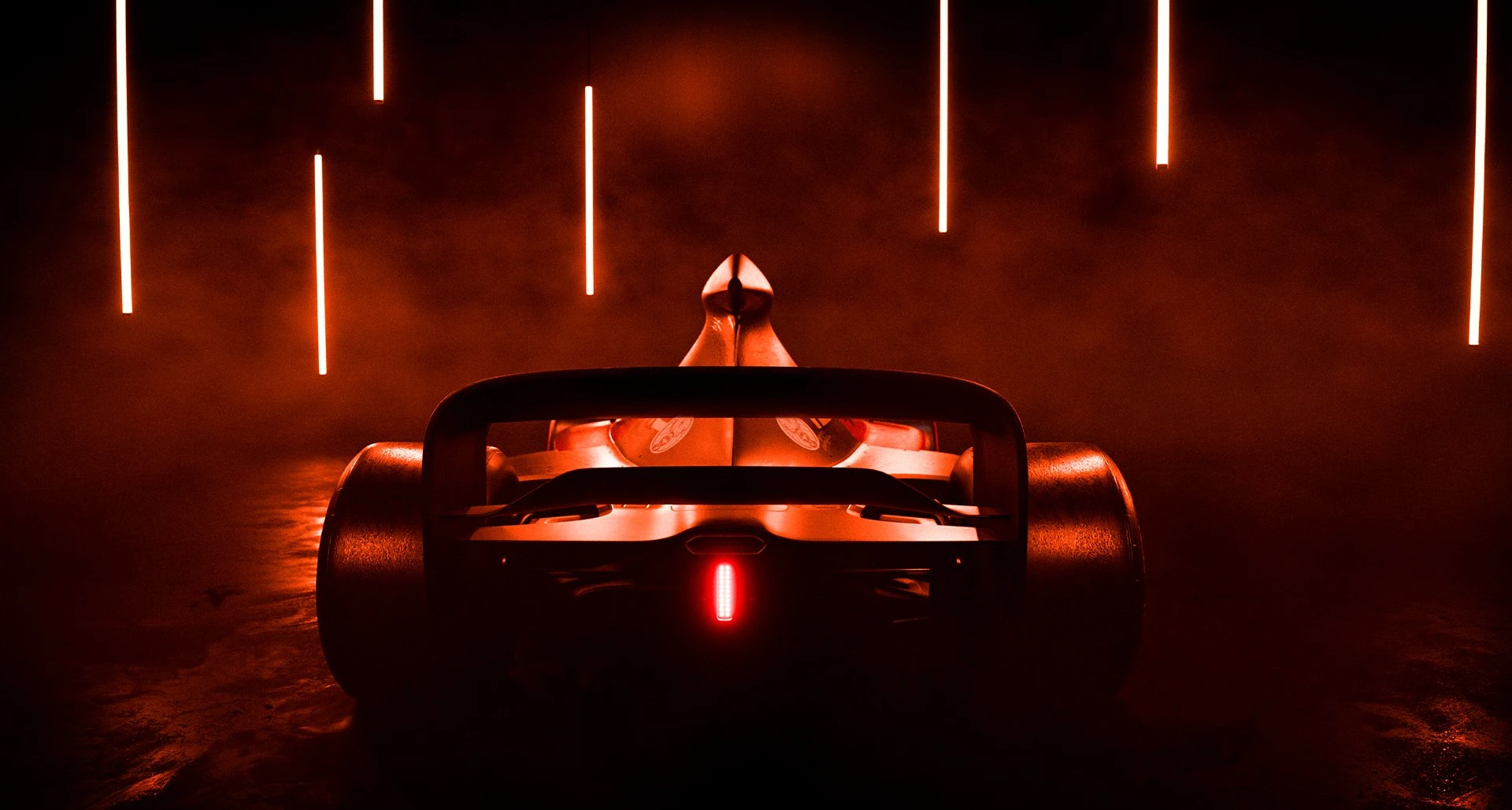
Modern Tech Meets Classic Design
Jonáš's project was no small feat. He collaborated with the ZICHER Team, a CGI and design studio, to meticulously study the March 741’s distinctive features. From its bold airbox to its long, sweeping rear wing, every aspect was examined and reinterpreted. His goal was to maintain the iconic proportions and shapes of the original while making subtle updates that would enhance the car's aerodynamics and performance for the modern era.
Key updates include:
-
Active aerodynamics for dynamic downforce adjustment
-
Carbon fiber bodywork for weight reduction and strength
-
The addition of a halo for driver safety
-
Sculpted aerodynamic enhancements to make the car track-ready
The result is a car that would fit right in among today’s F1 machinery, tearing through Monte Carlo or taking on the challenging turns of Baku. But Jonáš wasn’t content to leave his vision in the digital realm.
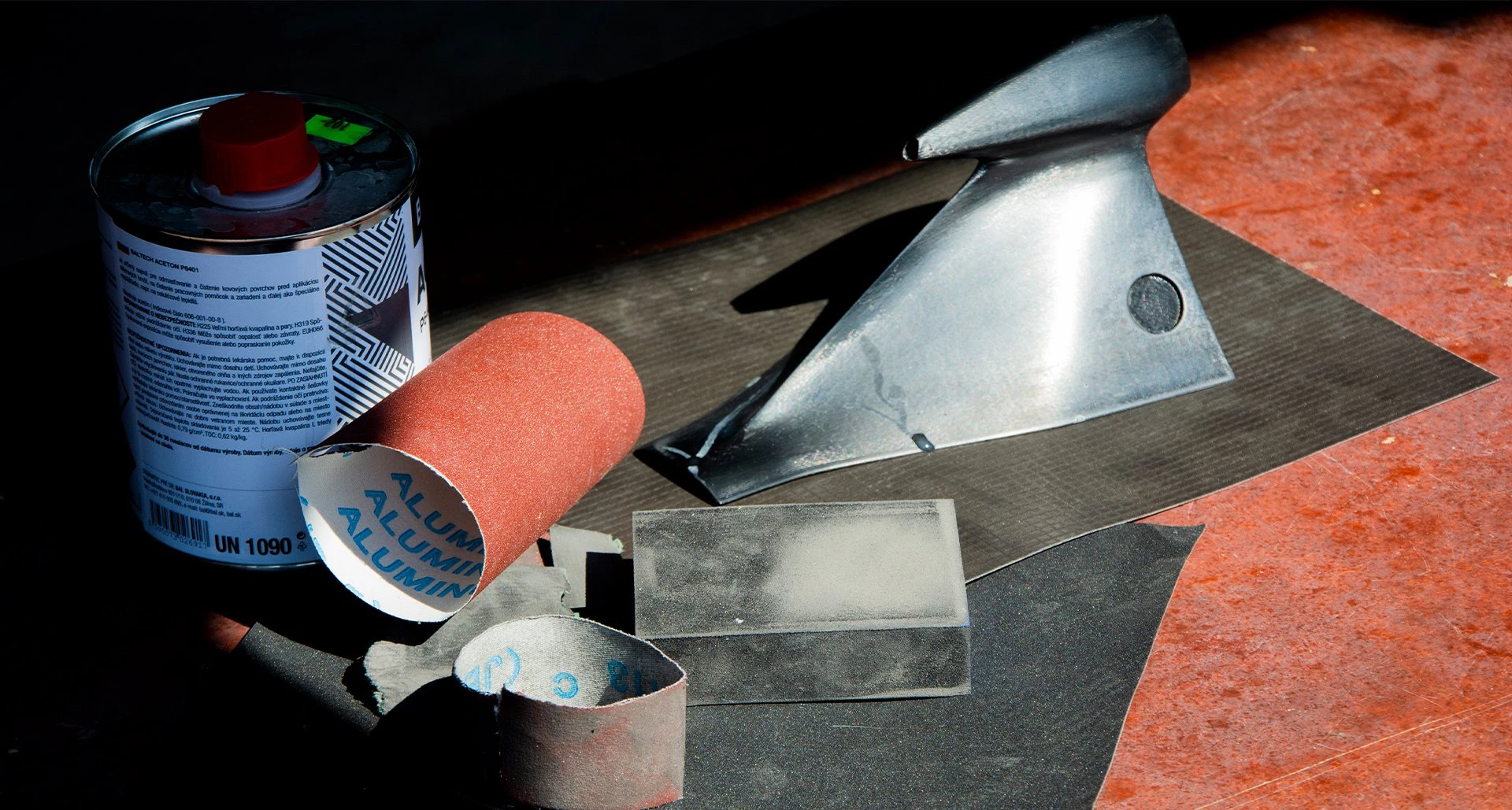

Bringing the Design to Life
Jonáš took the next logical step and enlisted the help of his friends, family, and classmates to create a 1:6 scale model of his reimagined March 741. Using 3D printing technology from MCAE Systems, Jonáš brought his digital creation into the physical world. The model, adorned with Rennmeister branding, is an incredibly detailed replica of his design, down to the smallest touches. It’s a tangible representation of Jonáš’s passion for automotive design and his love for Formula One's golden age.
A Dream for the Future
For Jonáš, this project was more than just a university assignment—it was a personal journey to bring vintage F1 cars back into the spotlight. “I spent a lot of time studying the designs of brands like Singer, who have dedicated their vision to modernizing the iconic Porsche 911,” he explains. “With this March 741, I wanted to do the same thing for the track-only icons of F1.”
His design is part of a larger trend in the automotive world: a desire to keep the timeless appeal of classic cars alive while introducing modern innovations that make them relevant to today’s audience. “Now we just need someone to build it for real!” Jonáš jokes, and honestly, who wouldn't want to see this beauty tearing it up on the track?
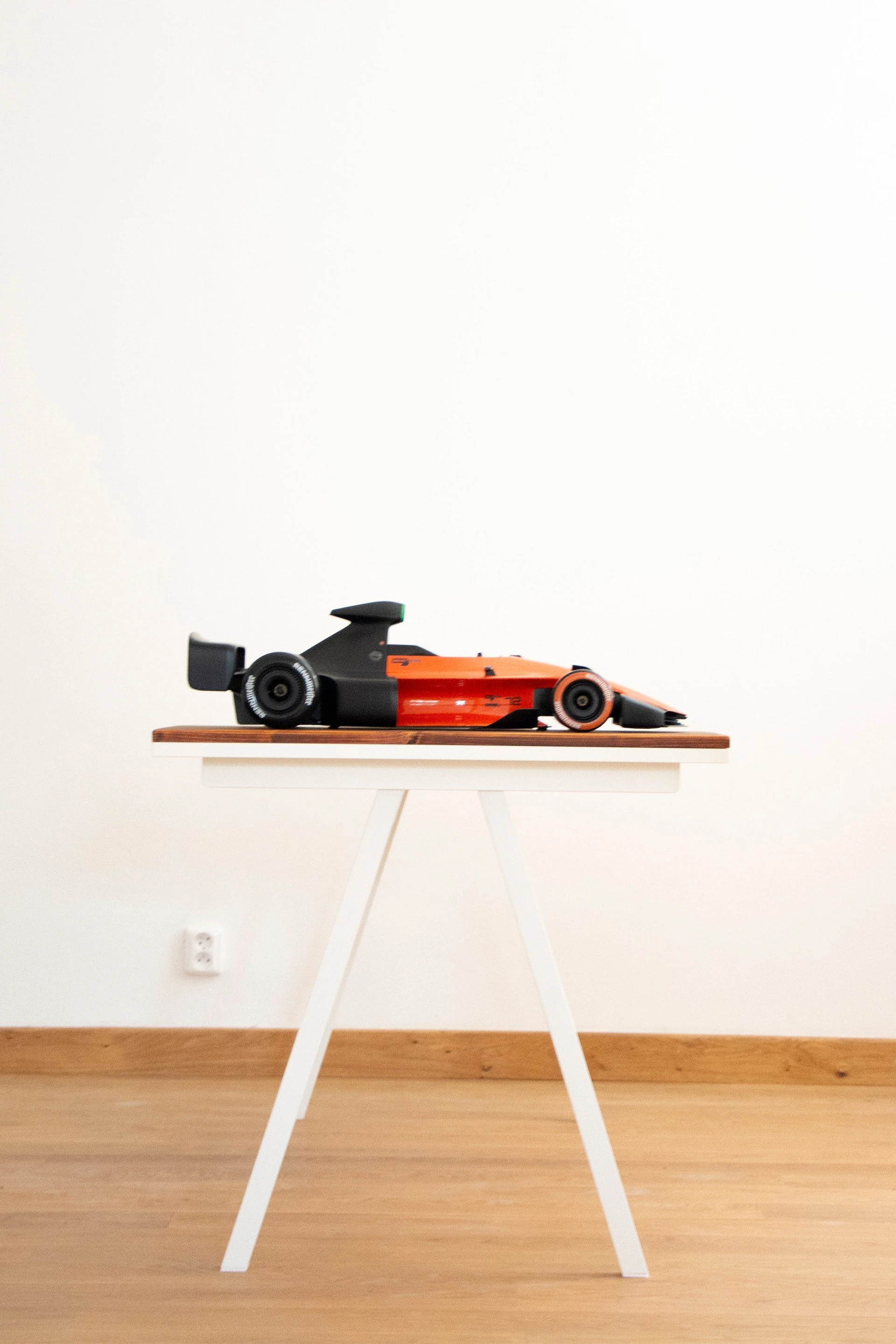
Where Heritage Meets Innovation
Jonáš’s reinterpretation of the March 741 is a testament to the incredible potential of combining heritage with modernity. In a time when the automotive world is often split between cutting-edge innovation and nostalgia for the past, Jonáš’s work shows that the two can coexist—and, in fact, elevate each other. The result is a design that’s not just a tribute to the past but a vision of the future, breathing new life into one of the most iconic F1 cars of all time.
Jonáš’s project could serve as inspiration for other designers, students, and brands to look at the legends of motorsport and ask themselves: What if we could bring those legends back to life with modern flair? The world of vintage racing cars might be on the brink of a fascinating revival—thanks to the vision of Jonáš Jagerčík.
If you want to follow Jonáš’s journey, check out his work on Instagram: @jonasjag.
